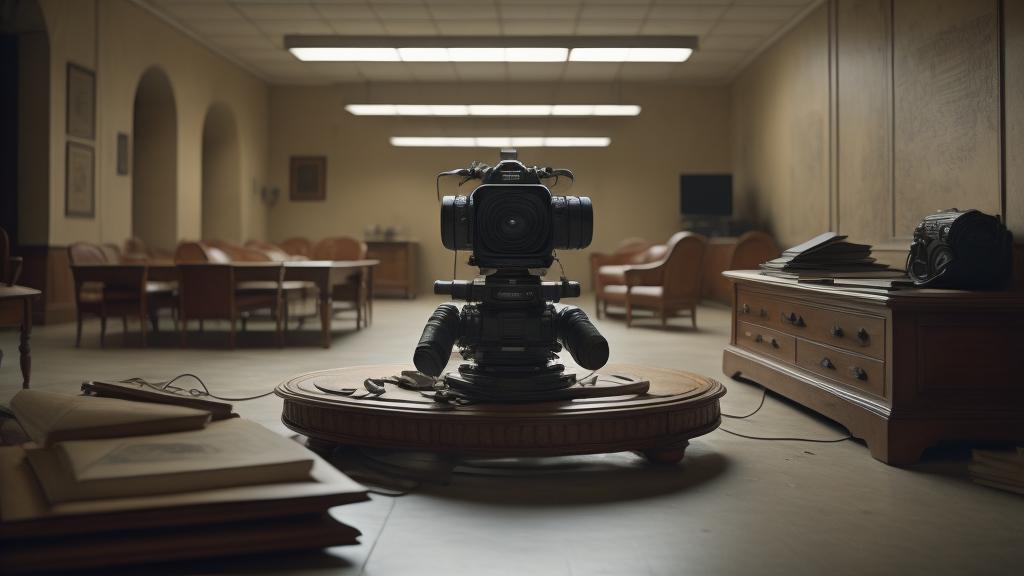Among the many gems of bad cinema, one movie stands out above the rest: 'The Room'. Originally released in 2003, it quickly gained notoriety for its perplexing plot, bewildering dialogue, and general oddness, which somehow enchanted viewers. At screenings, audiences memorized lines and brought along props, akin to the 'Rocky Horror Picture Show' phenomenon. But how did a film dubbed by many as 'the worst ever made' become a beloved cult classic?
The story begins with Tommy Wiseau, the enigmatic force behind 'The Room'. Serving as producer, director, and star, Wiseau's vision was crystal clear to him alone. With an indeterminate accent and hidden origins, Wiseau invested millions into the production, largely out of his pocket. 'The Room' defies conventional filmmaking with its awkward green screen effects and incongruous sub-plots — such as the bizarre appearance of Chris R, the drug dealer, and the perplexing breast cancer mention, which is never revisited.
Despite initial poor reception, primarily due to its oddness, over time 'The Room' has been reevaluated and appreciated for its very awkwardness and failure to adhere to any norms. Films are often celebrated for their artistic merits, but 'The Room' became celebrated precisely for lacking them, morphing into 'an accidental triumph'. It’s a living testament to the idea that a movie doesn't need to be traditionally 'good' to be engaging and enjoyably watchable.
The midnight movie circuit became the lifeline for 'The Room' as fans began to embrace its delightful chaos. The tradition of shouting at the screen and tossing plastic spoons came about due to a random framed photo, adding an element of interactivity not usually found in cinema. Fan run film screenings continue to perpetuate this cycle, drawing new audiences into Wiseau's curious world. It is this very audience-driven engagement that cements its status in cinema history as a cult star.
The book 'The Disaster Artist' by Greg Sestero, one of the film's actors and friends with Wiseau, provides additional insight into the behind-the-scenes antics and implausible production methods employed by Wiseau. It paints a portrait of Tommy as both resourceful and confounding, seeking to make a big impact in Hollywood. This narrative was brought to the screen by James Franco, adding another layer to 'The Room's' unusual legacy.
In today's landscape, 'The Room' occupies an interesting niche, a piece of visual art that thrives on communal enjoyment. Mistakes become intentional comedy moments, the sincerity of Wiseau crafts a captivating figure impossible to replicate by conventional standards, triumphing as a one-of-a-kind filmmaker. There's a purity in Wiseau's drive that resonates deeply with anyone who's ever aspired to create against the odds.
Ultimately, 'The Room' shows us that sometimes the road to cultural immortality isn’t paved with polished perfection but through raw, unfathomable earnestness. As cult hits continue to shape film discourse, 'The Room' stands tall as a reminder of cinema's swirling possibilities, proving that in the world of movies, anything is possible as long as viewers are willing to open their hearts to the unusual.
unraveling the mystery behind the cult status of 'The Room'

